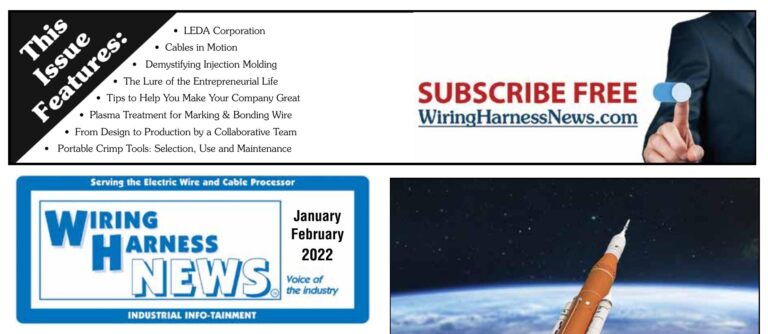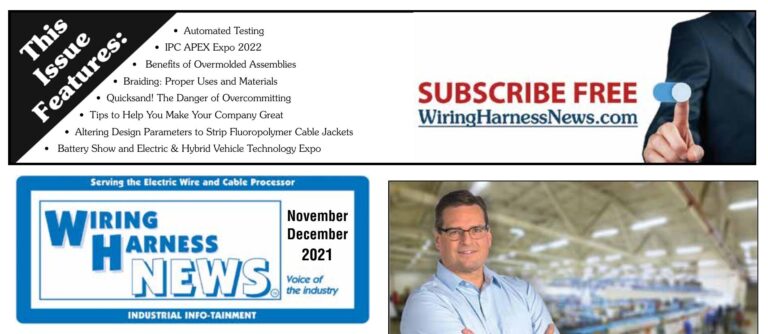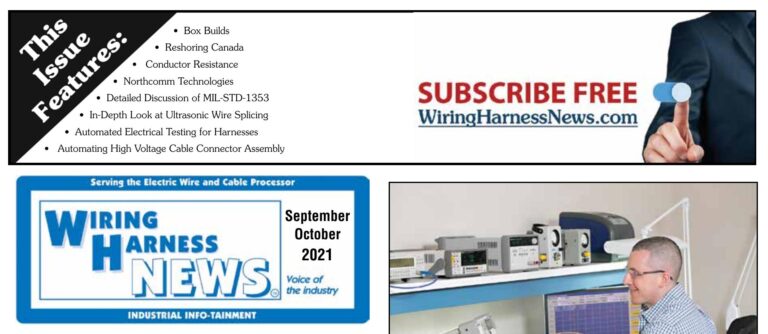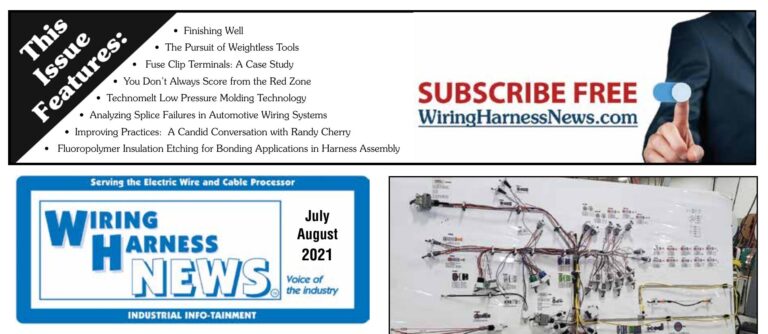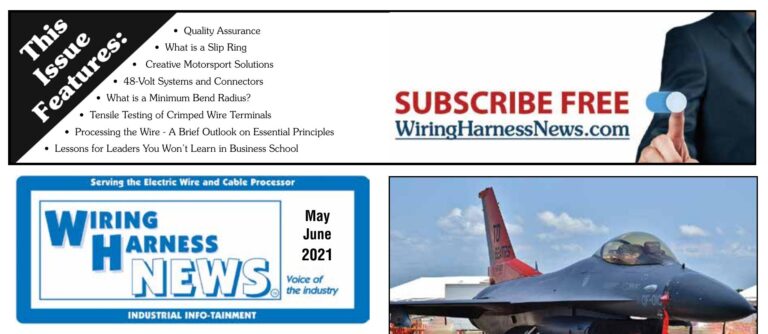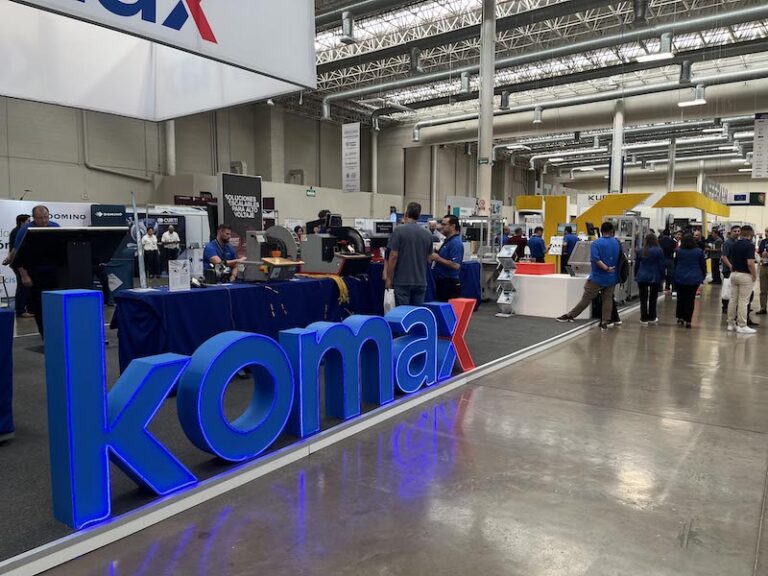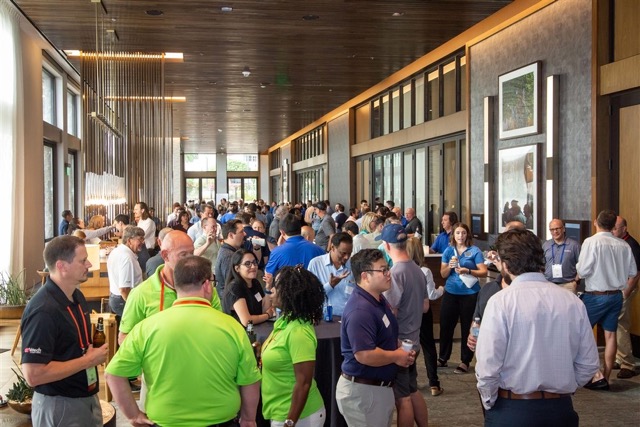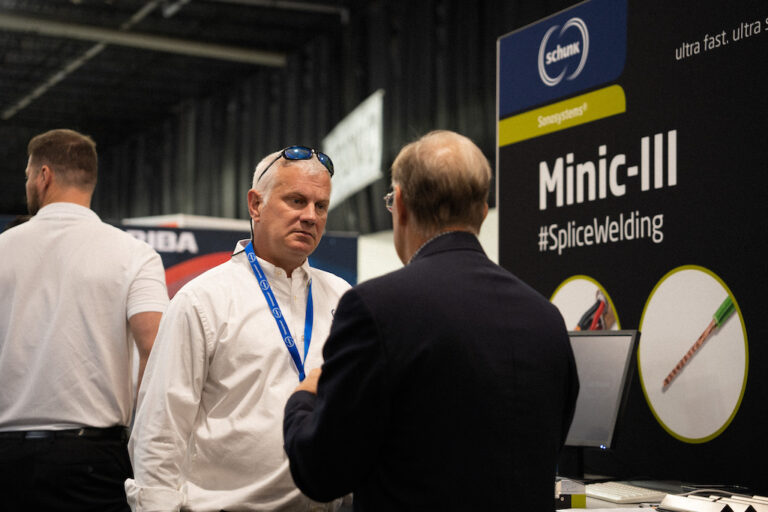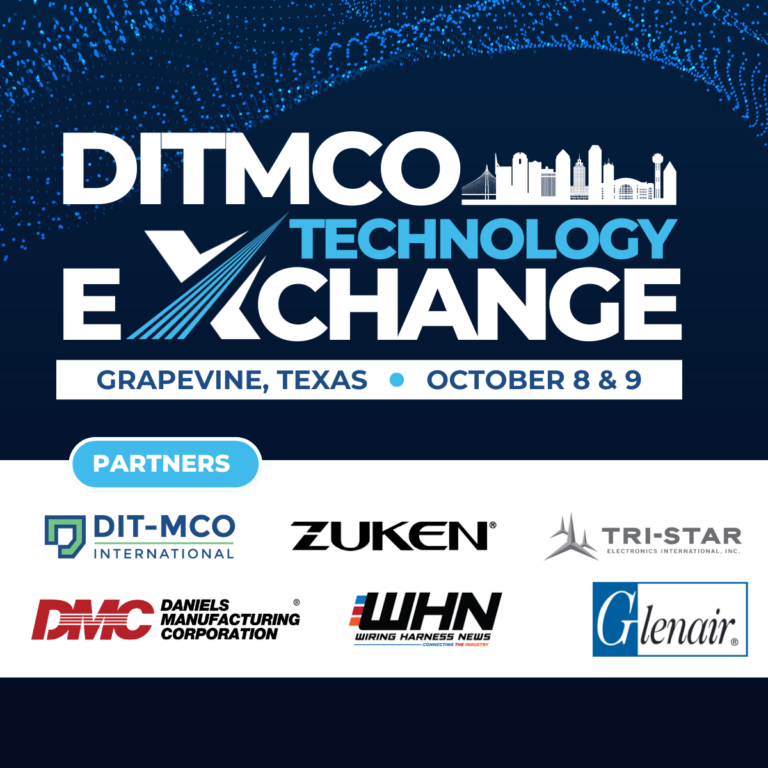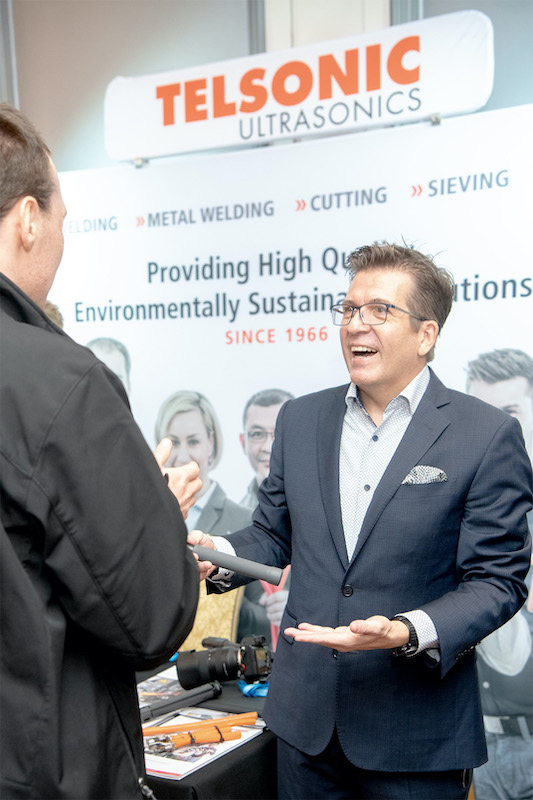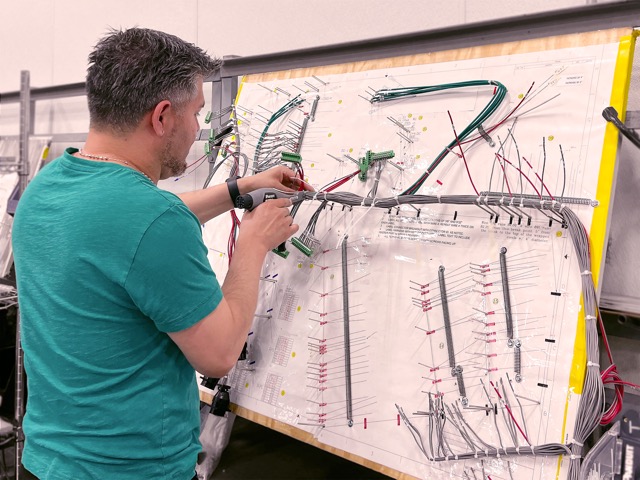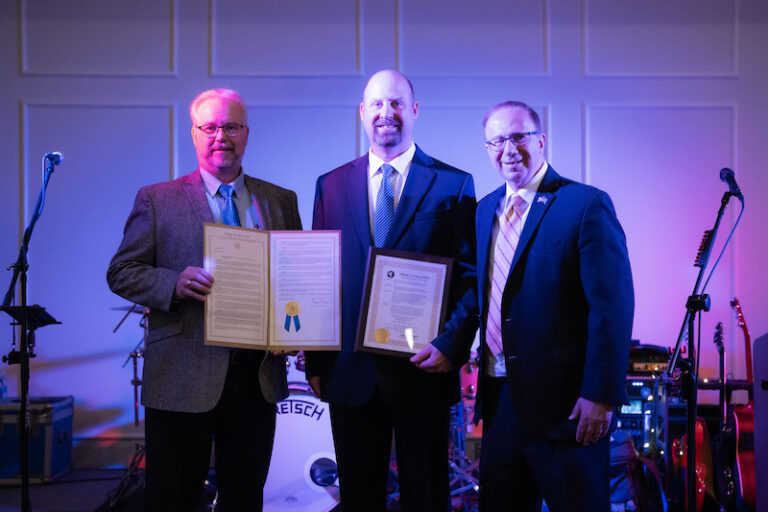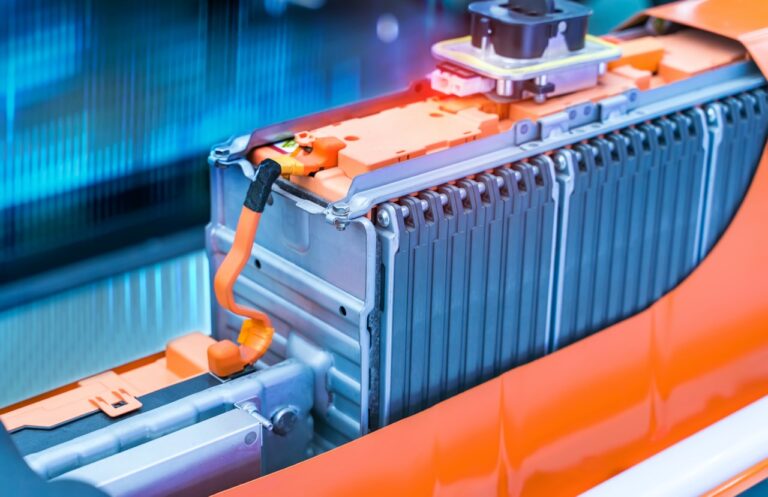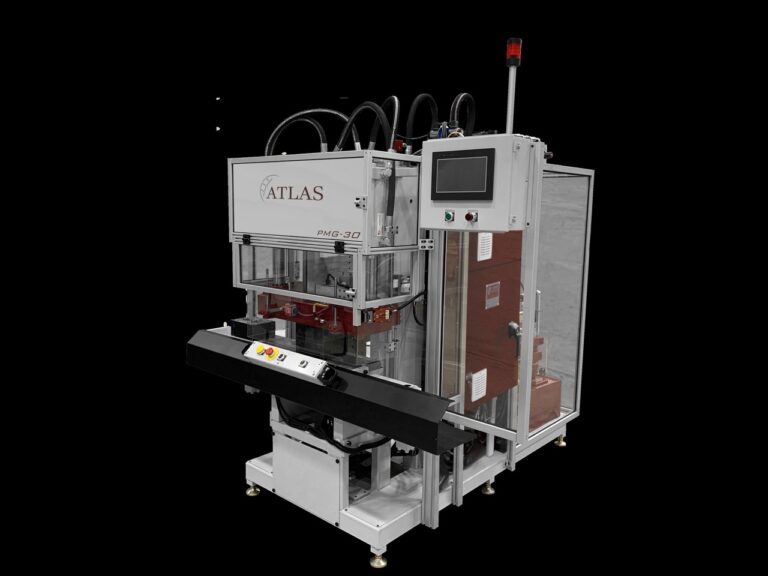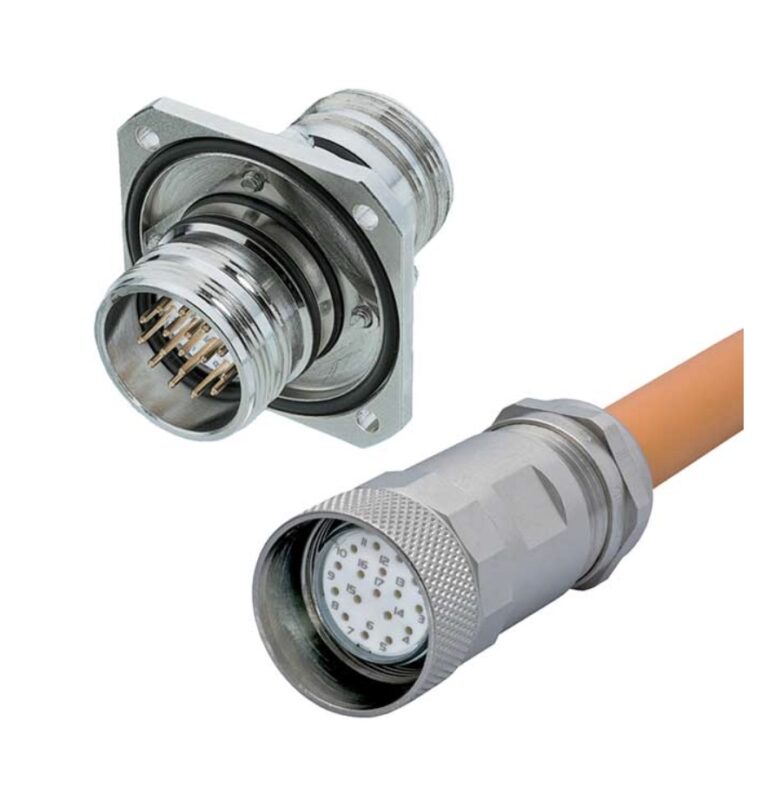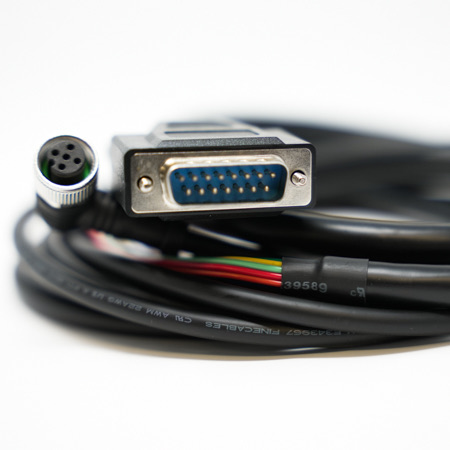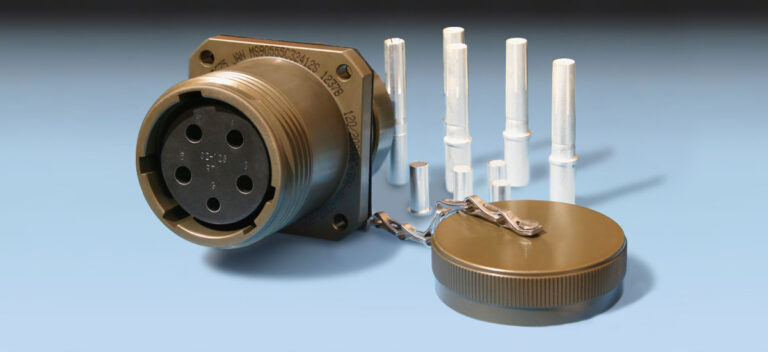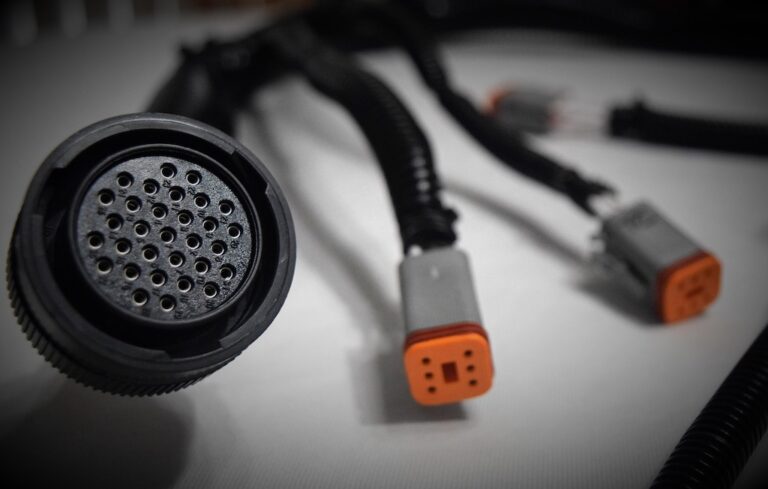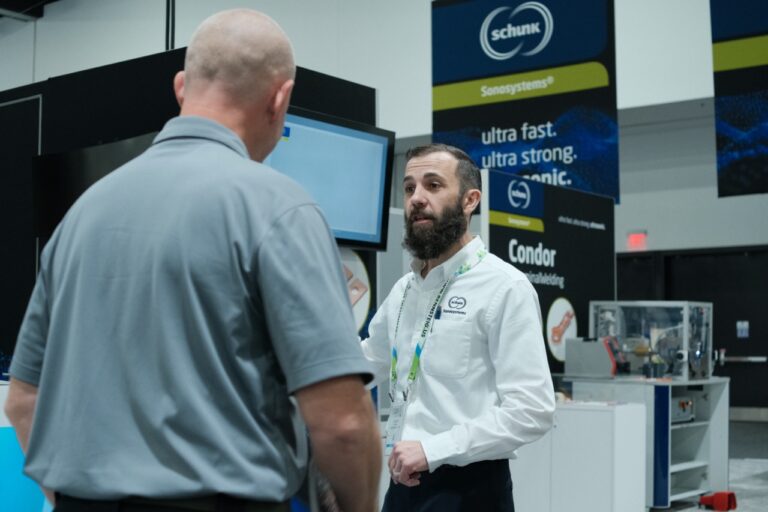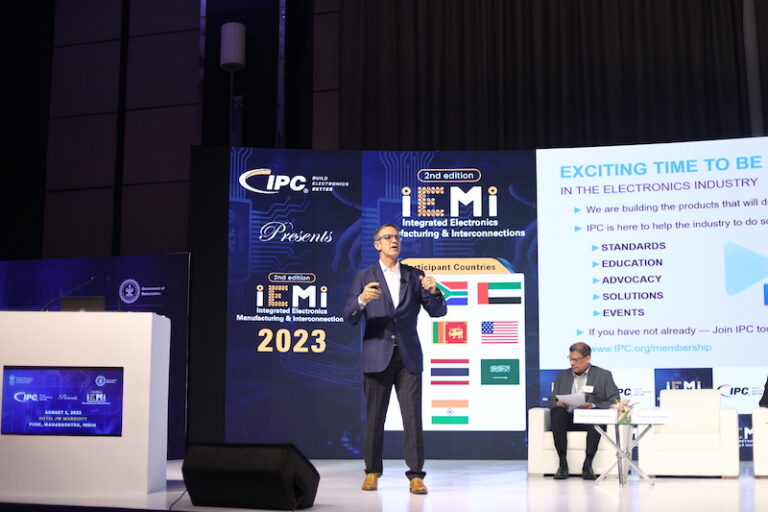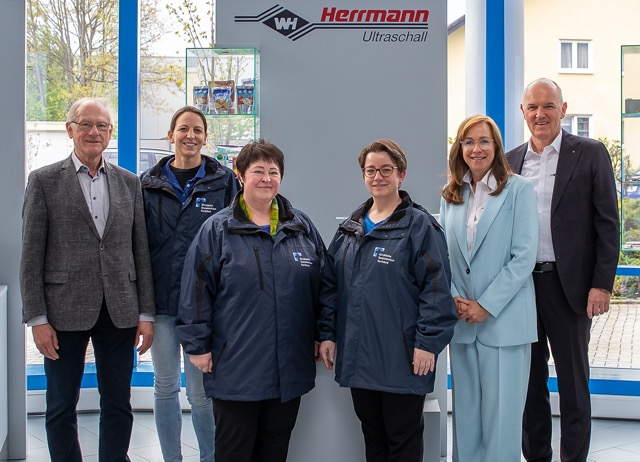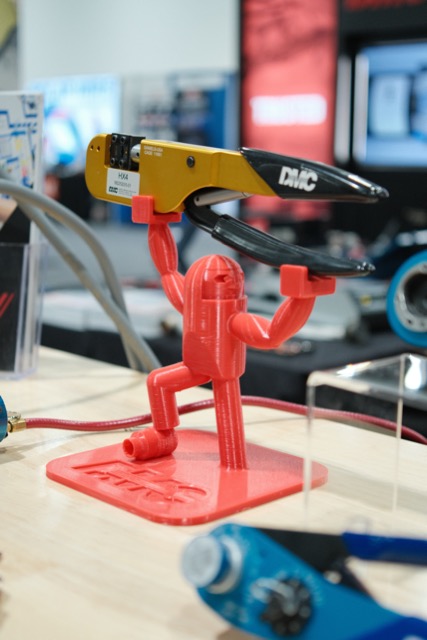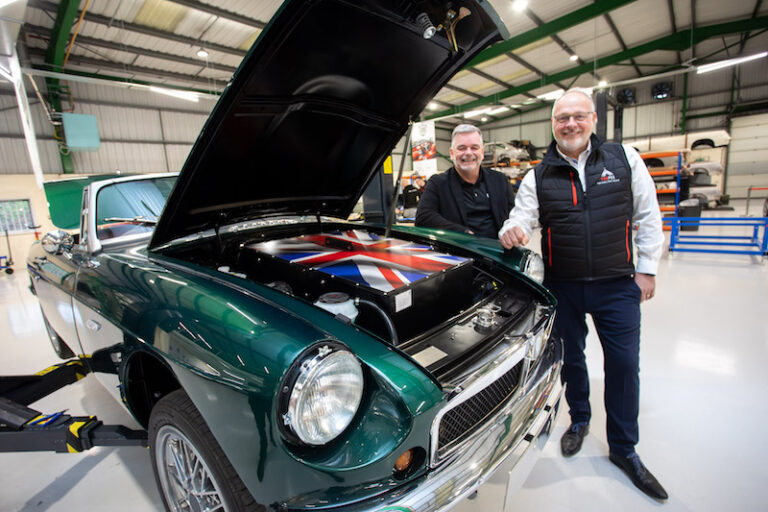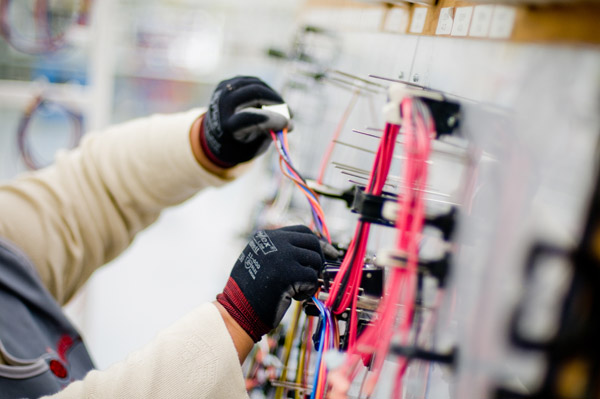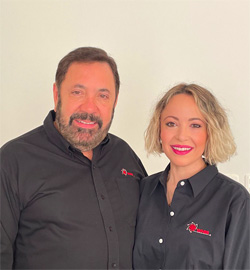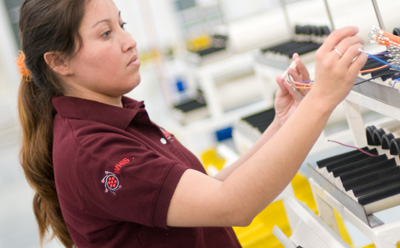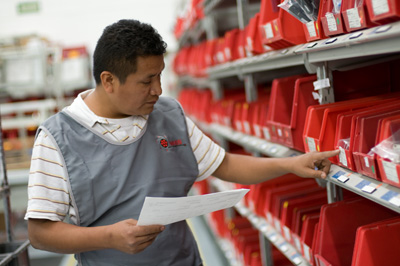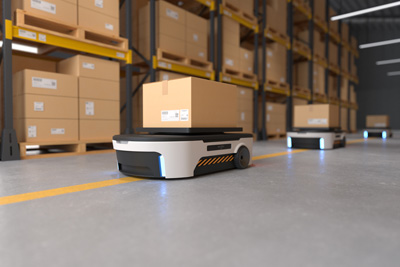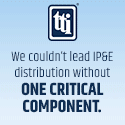Monterrey is the capital of Mexico’s northeastern state of Nuevo Leon. This cosmopolitan city, with its picturesque location at the foothills of the Sierra Madres, has long been a center for art and design. But it is also a major manufacturing hub. In terms of GDP, it’s the second most productive city in Mexico. It’s also the home of Wire Harness Integrating Solutions (WHIS) who graciously offered to be featured in this issue’s Company Profile.
I had the great pleasure of having a zoom conference with Maggie and Jose Enrique Fernandez (who everybody calls JEF by his initials). JEF is the Owner/President at WHIS, and his daughter Maggie is the Chief Logistics Manager. They spoke about the history of this impressive company, areas of specialty and exciting plans for the future.
JEF started the business in 2002. He got his start in the industry in 1984 when he went to work for a small harness manufacturer. It didn’t take long for Yazaki to recognize his talents. They brought him on board to as an engineer on various harness projects in the automotive industry. He quickly moved up the ladder as he worked on harnesses for Ford, Toyota and Nissan. JEF made several trips to Japan where he received valuable training in design for manufacturability. “He got a lot of experience with automotive wire harnesses and overall production efficiency during this time,” Maggie explained.
After 15 years with Yazaki, JEF felt the tug of entrepreneurship and started WHIS in a 4,000 square-foot. warehouse. He began production with some simple harnesses and power cords for a local company. Maggie was only 17 at the time, but became an integral part of the business, even at this early stage. They were presented with some opportunities and began building some cables for local companies in the HVAC industry. A good portion of these harnesses were for a large producer of refrigeration equipment for supermarkets and convenience stores. They learned the language and challenges of the industry and gained a great deal of proficiency in build quality.
Through his contacts in the industry, JEF was able to obtain an early opportunity in the automotive industry, and WHIS began making a battery cable for Nissan. But JEF explained that, to his surprise, he much preferred the opportunities they were uncovering with refrigeration products. The rigors of the intense cost pressures in the automotive industry were also a bit unpalatable. “We halted the automotive project,” JEF recalled, “because we wanted to center more of the business and expertise in the HVAC industry.” That strategy paid off, as WHIS continued to further penetrate the industry. Not only are they a major supplier to the refrigeration companies today, they are also supplying cables for industrial and residential air-conditioning, as well as water cooling and heating equipment.
The growth curve for WHIS was fairly steep in the early days, and in 2003 they moved into a 10,000 square-foot facility. New projects and the establishment of an agreement with Siemens to assemble electrical panels they were producing for Carrier, led them to move operations to a 22,000 square-foot facility. Following the Nuevo Leon State government’s program to create employment opportunities in the southern regions of the state, they made the strategic decision to establish a 15,000 square-foot facility in the community of Galena, NL.
One of JEF’s biggest strategies has been to match capacity with growth. That’s why they combined both operations into their current 44,000 square-foot facility in Apodaca in 2008.
This location is very conducive to express shipments, as it just a few miles away from Monterey’s most important international airport.
In addition to making even further inroads into the HVAC industry, WHIS has branched into other important markets over the past few years. Among those are transportation, lighting, and electrical tooling. All in all, they sell over 10,000 part numbers among their various customers.
JEF and Maggie were also very excited to talk about the more recent addition of two additional markets. They are building thousands of harnesses for a huge player in the medical arena. The company makes devices and equipment for hospitals and surgical centers.
The other huge growth product is in automated warehouse material handling. They are very proud to be building harnesses for the robotic devices for Amazon and are very excited about additional opportunities in the robotics industry.
With 160 employees, the company currently runs one and a half shifts. With a ton of business coming back to Mexico from China, they recently decided to add a new resource management system. They want to be ready for all the challenges of this influx of new business coming their way. “We recently brought in SAP enterprise resource planning software to effectively support our core business operations, supply chain management, warehouse management, sales, customer relationship and administrative functions,” Maggie advised, “and we feel strongly that we can handle all of our workflow issues through the new SAP system.”JEF and Maggie are convinced that flexibility is their key to growth, and have always stayed way out in front with manufacturing space, capital equipment, and enterprise software.
Monterey tends to have a better educated and more stable workforce than other areas of Mexico where harnesses are built. But WHIS enjoys a much lower turnover than other manufacturers, even in their region. “Part of this is because we have better wages for our employees than other similar facilities in our area, but we also concentrate on having a safe and happy work environment, and that helps a lot,” Maggie explained.
WHIS obtained their initial ISO certification in 2005 and are currently certified to ISO 9001:2015. Their cord sets, power supplies and wire harnesses have been certified by UL. The company uses Advanced Product Quality Planning (APQP) to ensure adherence to customer requirements. JEF wanted to make the point that strict adherence to quality standards does not mean inflexibility. They have built a reputation among their customers for being able to react quickly to any design changes. Team members are also encouraged to make recommendations for design improvement or to enhance manufacturability, which are then evaluated by engineering and with the customer.
One of the more noteworthy attributes of WHIS is their extensive injection molding department. They have six different machines enabling them to handle a variety of shapes and sizes of grommets, plugs and connector encapsulations. “Our power cord business is growing a lot right now,” Maggie mentioned “and we currently have additional equipment on our wish list.”
When asked how they bring new business onboard, Maggie indicated it’s mostly through word-of-mouth and the website. Because of their quality and on-time delivery successes, they are constantly making deeper penetration into their current clients who ask them to take on more intricate designs.
Many opportunities present themselves to WHIS when a customer has a problem with a current supplier. “We knock on many doors and it can be very hard to get that customer if they are not having any problems,” Maggie explained. JEF added, “But when we do find that potential customer with a problem, it’s very important to find out exactly what that problem is – is it quality, delivery time? We need to be able to understand the extent of the problem so we can answer with the right solution.”
JEF and Maggie were eager to talk about their plans to expand their corporate footprint with a facility in the US. Since most of their customers are in the US, it makes sense for WHIS to have a physical presence there. Initially, the facility will be a warehouse to facilitate their JIT and consignment inventory programs. They will also be quickly ramping up to do some final assembly work as well as rapid prototyping. In short, the facility will allow them to be much more reactive to their US customers in the HVAC industry. Searches are now being conducted in several locations within a reasonable distance from the border.
It’s hard to put into words the joy and exuberance JEF and Maggie exhibited when talking about their business. This father/daughter team, coupled with their valued engineering, production and support personnel, seem poised to grow the business and increase their global footprint.

















